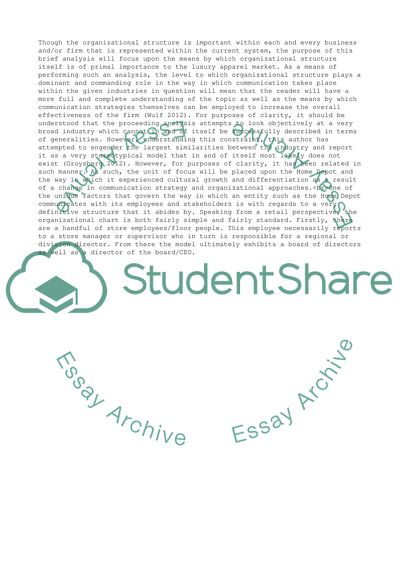Cite this document
(How Communication is Affected via Organizational Structure and Culture Term Paper, n.d.)
How Communication is Affected via Organizational Structure and Culture Term Paper. Retrieved from https://studentshare.org/management/1803038-organizational-theory
How Communication is Affected via Organizational Structure and Culture Term Paper. Retrieved from https://studentshare.org/management/1803038-organizational-theory
(How Communication Is Affected via Organizational Structure and Culture Term Paper)
How Communication Is Affected via Organizational Structure and Culture Term Paper. https://studentshare.org/management/1803038-organizational-theory.
How Communication Is Affected via Organizational Structure and Culture Term Paper. https://studentshare.org/management/1803038-organizational-theory.
“How Communication Is Affected via Organizational Structure and Culture Term Paper”, n.d. https://studentshare.org/management/1803038-organizational-theory.


